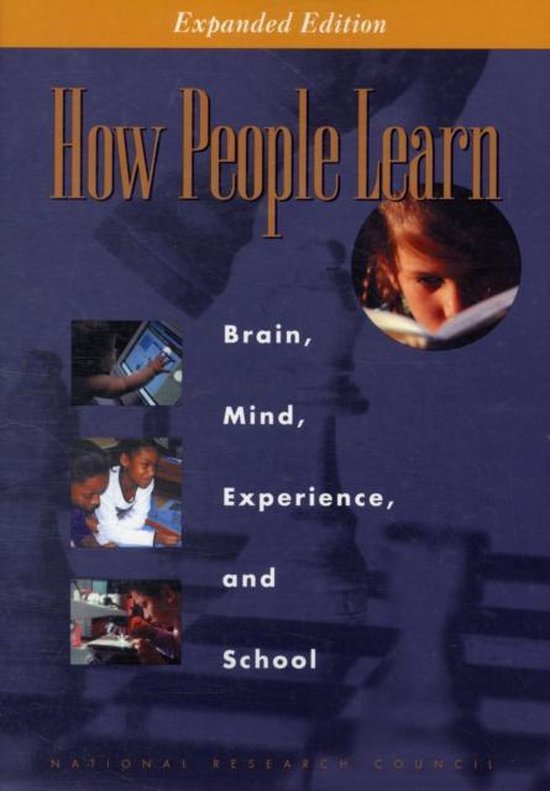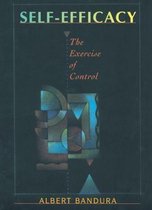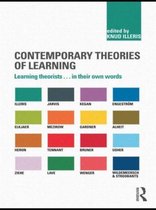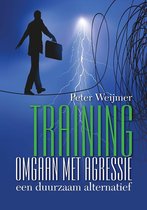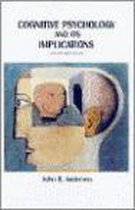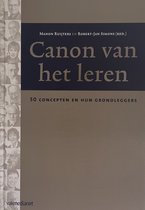How People Learn Brain, Mind, Experience, and School
Afbeeldingen
Artikel vergelijken
Samenvatting
Productspecificaties
Inhoud
- Taal
- en
- Bindwijze
- Paperback
- Oorspronkelijke releasedatum
- 11 september 2000
- Aantal pagina's
- 384
- Illustraties
- Nee
Betrokkenen
- Hoofdauteur
- National Research Council
- Tweede Auteur
- Division of Behavioral and Social Sciences and Education
- Co Auteur
- National Academy Of Sciences
- Hoofdredacteur
- James W. Pellegrino
- Tweede Redacteur
- John D. Bransford
- Co Redacteur
- James W. Pellegrino
- Hoofduitgeverij
- INGP
Overige kenmerken
- Editie
- Expanded ed
- Extra groot lettertype
- Nee
- Product breedte
- 178 mm
- Product hoogte
- 25 mm
- Product lengte
- 254 mm
- Studieboek
- Ja
- Verpakking breedte
- 181 mm
- Verpakking hoogte
- 27 mm
- Verpakking lengte
- 253 mm
- Verpakkingsgewicht
- 810 g
EAN
- EAN
- 9780309070362
Je vindt dit artikel in
- Categorieën
- Taal
- Engels
- Boek, ebook of luisterboek?
- Boek
- Studieboek of algemeen
- Algemene boeken
- Beschikbaarheid
- Leverbaar
Reviews
Negatief, positief, neutraal: we zetten een review altijd online. We controleren wel eerst of ’ie voldoet aan onze reviewvoorwaarden en niet nep is. We controleren ook of ’ie is geschreven door iemand die het artikel heeft gekocht via bol.com en zetten dit er dan bij. De controles gebeuren automatisch, al kijken er soms mensen mee. Bol.com betaalt niet voor reviews. Als een reviewer door een andere partij is vergoed, staat dit in de review zelf.
Negatief, positief, neutraal: we zetten een review altijd online. We controleren wel eerst of ’ie voldoet aan onze reviewvoorwaarden en niet nep is. We controleren ook of ’ie is geschreven door iemand die het artikel heeft gekocht via bol.com en zetten dit er dan bij. De controles gebeuren automatisch, al kijken er soms mensen mee. Bol.com betaalt niet voor reviews. Als een reviewer door een andere partij is vergoed, staat dit in de review zelf.
-
Goed boek!
Positieve punten
- Toegankelijk
- Praktisch
Negatieve punten
- herhaling
Leuk en interessant boek! Alle stromingen komen aan bod en vormen een algemeen beeld zonder te veel op de details in te gaan. Er is dus niet per definitie een cognitieve of constructivistische invalshoek.
Vond je dit een nuttige review?00
Kies gewenste uitvoering
Prijsinformatie en bestellen
De prijs van dit product is 29 euro en 49 cent.- Bestellen en betalen via bol
- Prijs inclusief verzendkosten, verstuurd door Paagman.nl
- 30 dagen bedenktijd en gratis retourneren
- Wettelijke garantie via Paagman.nl
Vaak samen gekocht
Rapporteer dit artikel
Je wilt melding doen van illegale inhoud over dit artikel:
- Ik wil melding doen als klant
- Ik wil melding doen als autoriteit of trusted flagger
- Ik wil melding doen als partner
- Ik wil melding doen als merkhouder
Geen klant, autoriteit, trusted flagger, merkhouder of partner? Gebruik dan onderstaande link om melding te doen.
